Antonio Vivaldi
Story
Born on March 4, 1678, in Venice, Italy, Antonio Vivaldi was ordained as a priest though he instead chose to follow his passion for music. A prolific composer who created hundreds of works, he became renowned for his concertos in Baroque style, becoming a highly influential innovator in form and pattern. He was also known for his operas, including Argippo and Bajazet. He died on July 28, 1741.
Antonio Lucio Vivaldi was born on March 4, 1678, in Venice, Italy. His father, Giovanni Battista Vivaldi, was a professional violinist who taught his young son to play as well. Through his father, Vivaldi met and learned from some of the finest musicians and composers in Venice at the time. While his violin practice flourished, a chronic shortness of breath barred him from mastering wind instruments.
Vivaldi sought religious training as well as musical instruction. At the age of 15, he began studying to become a priest. He was ordained in 1703. Due to his red hair, Vivaldi was known locally as “il Prete Rosso,” or “the Red Priest.” Vivaldi’s career in the clergy was short-lived. Health problems prevented him from delivering mass and drove him to abandon the priesthood shortly after his ordination.
At the age of 25, Antonio Vivaldi was named master of violin at the Ospedale della Pietà (Devout Hospital of Mercy) in Venice. He composed most of his major works in this position over three decades. The Ospedale was an institution where orphans received instruction — the boys in trades and the girls in music. The most talented musicians joined an orchestra that played Vivaldi’s compositions, including religious choral music. Under Vivaldi’s leadership, the orchestra gained international attention. In 1716, he was promoted to music director.
In addition to his choral music and concerti, Vivaldi had begun regularly writing opera scores by 1715; about 50 of these scores remain. His two most successful operatic works, La constanza trionfante and Farnace, were performed in multiple revivals during Vivaldi’s lifetime.
In addition to his regular employment, Vivaldi accepted a number of short-term positions funded by patrons in Mantua and Rome. It was during his term in Mantua, from around 1717 to 1721, that he wrote his four-part masterpiece, The Four Seasons. He paired the pieces with four sonnets, which he may have written himself.
Vivaldi’s fans and patrons included members of European royal families. One of his cantatas, Gloria e Imeneo, was written specifically for the wedding of King Louis XV. He was also a favorite of Emperor Charles VI, who honored Vivaldi publicly by naming him a knight.
Vivaldi’s renown as a composer and musician in early life did not translate into lasting financial success. Eclipsed by younger composers and more modern styles, Vivaldi left Venice for Vienna, Austria, possibly hoping to find a position in the imperial court located there. He found himself without a prominent patron following the death of Charles VI, however, and died in poverty in Vienna on July 28, 1741. He was buried in a simple grave after a funeral service that proceeded without music.
Musicians and scholars revived Vivaldi’s music in the early 20th century, during which time many of the composer’s unknown works were recovered from obscurity. Alfredo Casella, a composer and pianist, organized the Vivaldi Week revival in 1939. The music of Vivaldi has been performed widely since World War II. The choral composition Gloria, re-introduced to the public at Casella’s Vivaldi Week, is particularly famous and is performed regularly at Christmas celebrations worldwide.
Vivaldi’s work, including nearly 500 concertos, have influenced subsequent composers, including Johann Sebastian Bach.
Details
- Composer
- Antonio Vivaldi
- Date of birth
- March 4, 1678
- Nationality
- Italian
- Albums
- 50
- Tracks
- 1647
50 albums
-

Antonio Vivaldi
100 Best of Vivaldi
-
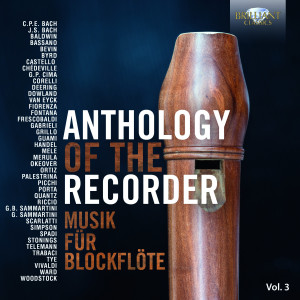
Antonio Vivaldi and Georg Philipp Telemann
Anthology of the Recorder, Vol. 3
-
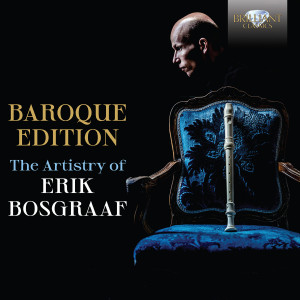
Johann Sebastian Bach, Antonio Vivaldi and 2 others
Baroque Edition, The Artistry of Erik Bosgraaf
-

Johann Sebastian Bach, Carl Philipp Emanuel Bach and 10 others
Baroque Recorder Concertos
-
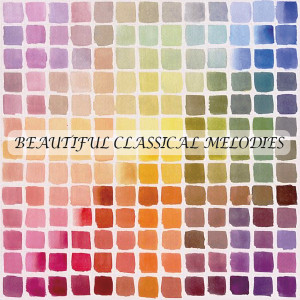
Edward Elgar, Georges Bizet and 27 others
Beautiful Classical Melodies
-

Piotr Ilyich Tchaikovsky, Johann Sebastian Bach and 5 others
Best Classical Relaxing Music
-
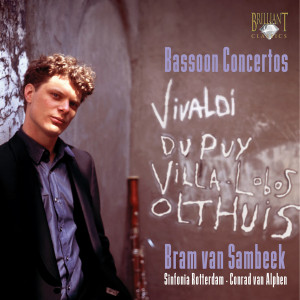
Antonio Vivaldi, Heitor Villa-Lobos and 2 others
Bram van Sambeek: The Art of the Bassoon
-
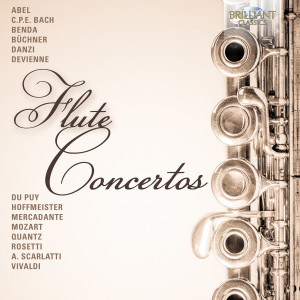
Wolfgang Amadeus Mozart, Carl Philipp Emanuel Bach and 9 others
Flute Concertos
-
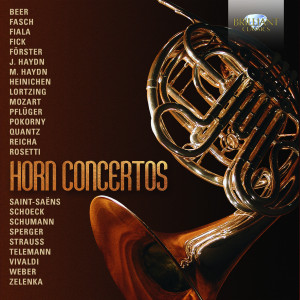
Camille Saint-Saëns, Anonymous and 23 others
Horn Concertos
-

George Frideric Handel, Nicola Porpora and 10 others
Le Baroque
-

Antonio Vivaldi, Benedetto Marcello and Paolo Benedetto Bellinzani
Marcello, Vivaldi & Bellinzani: Recorder Music
-
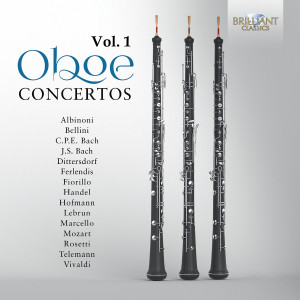
Johann Sebastian Bach, Antonio Vivaldi and Tomaso Giovanni Albinoni
Oboe Concertos, Vol. 1
-

Giuseppe Verdi, Antonín Dvořák and 21 others
Stabat Mater
-
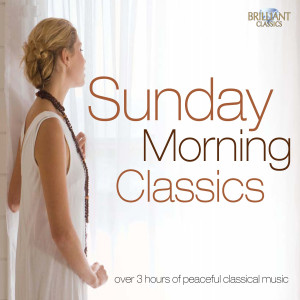
George Frideric Handel, Richard Wagner and 15 others
Sunday Morning Classics
-

Camille Saint-Saëns, Gabriel Fauré and 19 others
Top 40 Favourite Classical Melodies
-

Antonio Vivaldi
Top 50 Vivaldi
-
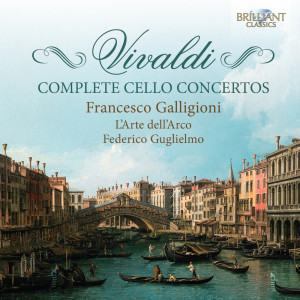
Antonio Vivaldi
Vivaldi Complete Cello Concertos
-

Antonio Vivaldi and Giuseppe Tartini
Vivaldi Le Quattro Stagioni; Tartini: Devil's Trill Sonata for Violin Solo
-
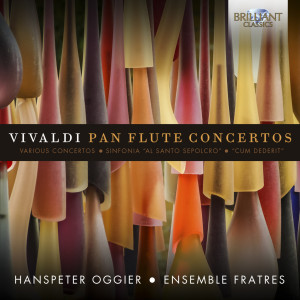
Antonio Vivaldi
Vivaldi Pan Flute Concertos
-
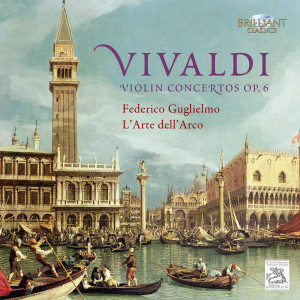
Antonio Vivaldi
Vivaldi Violin Concertos, Op. 6
-
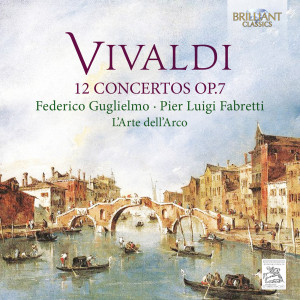
Antonio Vivaldi
Vivaldi: 12 Concertos, Op. 7
-

Antonio Vivaldi
Vivaldi: 6 Violin Sonatas and Trios, Op. 5
-
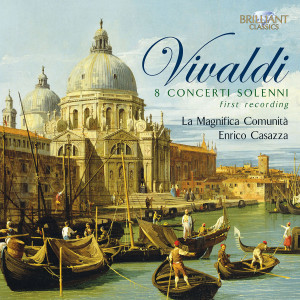
Antonio Vivaldi
Vivaldi: 8 Concerti Solenni
-
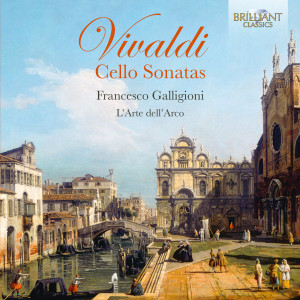
Antonio Vivaldi
Vivaldi: Cello Sonatas
-

Antonio Vivaldi
Vivaldi: Complete Concertos & Sonatas Opp. 1-12, Vol. 1
-

-

Antonio Vivaldi
Vivaldi: Complete Oboe Concertos
-

Antonio Vivaldi
Vivaldi: Complete Sonatas for 2 Violins and B.C.
-

Antonio Vivaldi
Vivaldi: Concerti con Organo obligato
-

Antonio Vivaldi
Vivaldi: Flute Concertos, Op. 10
-

Antonio Vivaldi
Vivaldi: Flute Sonatas
-

Antonio Vivaldi
Vivaldi: Für mein Baby
-

Antonio Vivaldi
Vivaldi: Il cimento dell'armonia e dell'inventione, Op. 8
-
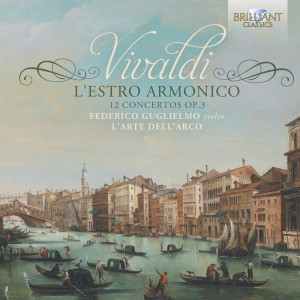
Antonio Vivaldi
Vivaldi: L'Estro Armonico - 12 Concertos, Op. 3
-

Antonio Vivaldi
Vivaldi: La Cetra 12 Violin Concertos, Op. 9
-
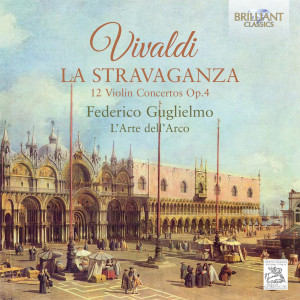
Antonio Vivaldi
Vivaldi: La Stravaganza, 12 Violin Concertos, Op. 4
-

Antonio Vivaldi
Vivaldi: La Stravaganza, Op. 4, Transcriptions for Organ
-

Antonio Vivaldi
Vivaldi: Le quattro stagioni
-
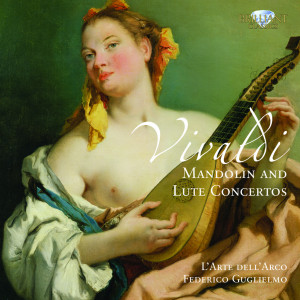
Antonio Vivaldi
Vivaldi: Mandolin and Lute Concerti
-
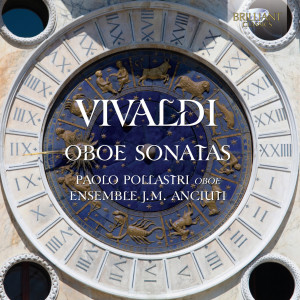
Antonio Vivaldi
Vivaldi: Oboe Sonatas
-
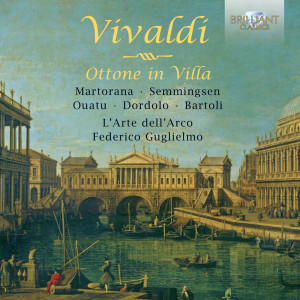
Antonio Vivaldi
Vivaldi: Ottone in Villa
-

Antonio Vivaldi
Vivaldi: Recorder Concertos
-

Antonio Vivaldi and Andrea Zani
Vivaldi: Sonatas for 2 Violins
-
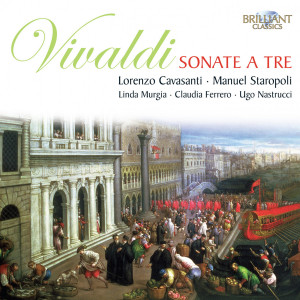
Antonio Vivaldi
Vivaldi: Sonate a Tre
-
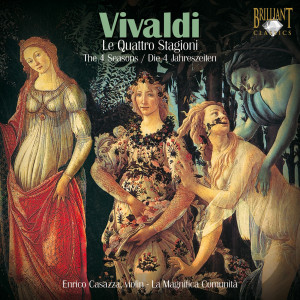
Antonio Vivaldi
Vivaldi: The Four Seasons
-

Antonio Vivaldi
Vivaldi: The Four Seasons
-
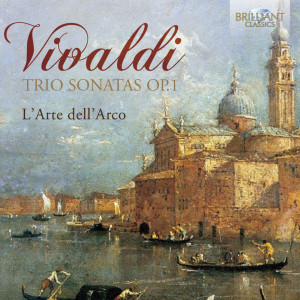
Antonio Vivaldi
Vivaldi: Trio Sonatas, Op. 1
-
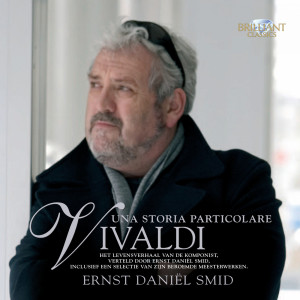
Antonio Vivaldi
Vivaldi: Una storia particolare
-

Antonio Vivaldi
Vivaldi: Violin Concertos, Op. 11 & 12
-
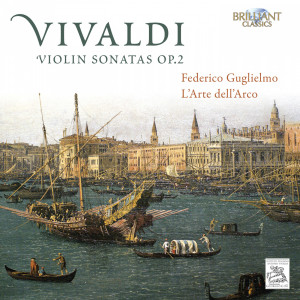
Antonio Vivaldi
Vivaldi: Violin Sonatas, Op. 2
